Akira Ransomware: Complete Guide

I think there's an issue with my storage device, but I'm not sure
Start a free evaluationFirst seen in March 2023, Akira is a ransomware that targets Windows and Linux systems. It has emerged fast and made several victims in organizations from different countries. Akira also targets different industry sectors.It’s important to warn that this Akira does not have any known evidence to be related to another ransomware strain with the same name from 2017.Experts found similarities between Akira and Conti ransomware, such as the file type exclusion list, directory exclusion list, and file tail structure. This suggests that the authors used leaked Conti ransomware source code.In June 2023, Avast released a free Akira decryptor for Windows and is working on the Linux variant decryptor. However, it does not mean that Akira does not represent a threat to businesses and organizations worldwide. That’s because Akira ransomware actors threaten to leak the data they stole. Therefore, working on prevention is the best solution against Akira ransomware.
What kind of malware is Akira?
Akira ransomware is a Crypto ransomware that encrypts data and modifies the filenames of all affected files by appending the ".akira" extension. It is a new family of ransomware that was first used in cybercrime attacks in March 2023. Akira ransomware spreads within a corporate network and targets multiple devices once it gains access.Before encrypting files, the ransomware avoids certain folders, including Recycle Bin, System Volume Information, Boot, ProgramData, and Windows, as well as specific Windows system files with .exe, .lnk, .dll, .msi, and .sys extensions.The Windows and Linux versions of Akira ransomware are very similar in how they encrypt devices, but the Linux version uses the Crypto++ library instead of Windows CryptoAPI.It exfiltrates victims' sensitive and critical data before encrypting it and then threatening to leak it unless they pay the ransom. This tactic known as double extortion is a common hacker profit method.Akira uses a combination of AES and RSA encryption to lock victims' files. The Advanced Encryption Standard (AES) is a strong encryption used for cybersecurity as well. The Rivest–Shamir–Adleman (RSA) encryption algorithm is an asymmetric encryption algorithm.
Everything we know about Akira ransomware
This list contains the basic information about the new ransomware strain known as Akira.Confirmed Name
- Akira virus
Threat Type
- Ransomware
- Crypto Virus
- Files locker
- Double extortion
Encrypted Files Extension
- .akira
Ransom Demanding Message
- akira_readme.txt
Detection Names
- Avast Win64:RansomX-gen [Ransom]
- AVG Win64:RansomX-gen [Ransom]
- Emsisoft Gen:Variant.Midie.124870 (B)
- Kaspersky Trojan-Ransom.Win64.Akira.a
- Malwarebytes Malware.AI.2152310429
- Microsoft Ransom:Win64/Akira.GID!MTB
Ransomware family, type & variant
- Akira ransomware is based on the leaked source code of Conti ransomware
- This is not the same Akira ransomware from 2017
Distribution methods
- Trojans
- Weak credentials
- Drive-by downloads attacks
- Phishing emails
- Malicious websites
Consequences
- Data exfiltration
- File encryption
- Ransomware spreads through lateral movement
Is There a Free Decryptor Available?
Yes. Although Akira is a recent malware (first seen in March 2023), Avast released in June 2023 a free decryption key for 64-bit and 32-bit Windows systems.Avast highly recommends using the 64-bit decryptor, as the ransomware is also 64-bit. However, if your system cannot support that, they’ve also released a 32-bit decryptor.
Akira ransomware symptoms
- Encrypted data with the .akira extension added to the filenames of all affected files

- A ransom note appears on the desktop and in every folder, explaining with a condescending tone that the easiest path back to the company functioning normally is to pay the ransom.
- The double-extortion technique where the attackers exfiltrate and encrypt the victim's data and threaten to sell or leak the stolen data on the dark web if the ransom is not paid
- Infiltration of corporate networks and lateral spread to other devices
- Disguised as legitimate content, which results in victims unknowingly executing the malware themselves
What is in Akira’s ransom note
The Akira ransom note has a condescending tone and explains the steps victims must take in order to retrieve their data. It also has a unique password for each victim to use to negotiate with the hacker group. The note states that the easiest path back to the company functioning normally is to pay the ransom.Do not pay the ransom or negotiate with the threat actors. Contact SalvageData experts immediately to restore your files and local authorities to report the ransomware.

How does Akira infect a computer or network
Akira ransomware is a dangerous malware that can infect a computer or network in several ways, including:
- Spam and phishing emails that pretend to be legit businesses. Scammers send emails that appear to be from legitimate businesses, such as PayPal, UPS, FedEx, and others. These emails contain links or attachments that put your data and network at risk. One-click on a link or one download of an attachment can lock everyone out of your network.

- Trojans. A trojan is a type of software that promises to perform one task but executes a different one, mostly malicious. They take the form of fake programs, attachments, and other types of files, deceiving victims.
- Infiltrated network. Ransomware breaches a corporate network and spreads laterally to other devices. Before encrypting files, the ransomware avoids certain folders and specific Windows system files with .exe, .lnk, .dll, .msi, and .sys extensions.
- Malicious websites. Infected websites automatically download malware onto the victim's computer or network.
- Cracked software installations. Hackers use obfuscator technology in combination with other methods to infect the device without the user being aware. Cracked software installations allow malicious files to enter the system.
How does Akira ransomware work
Once the Akira ransomware gains access to a computer or network, it will encrypt the victim's files using sophisticated encryption algorithms. The victim's files will be appended with the .akira extension. The ransomware breaches a corporate network and spreads laterally to other devices.Before encrypting the data, Akira ransomware will spread across the network using Remote Desktop Protocol (RDP). This is why it’s crucial to segment the network and block access from users to data they don’t need to perform their tasks. This will prevent threats from spreading via lateral movement.Akira also deletes Shadow Copies and backups from the system.The Akira ransomware attack process involves two main stages: exfiltration and encryption. Here is a breakdown of the process:
Exfiltration
Before triggering the Akira ransomware's encryption routine and posting a ransom demand, the cybercriminals exfiltrate data from hacked corporate networks. Akira ransomware typically utilizes the machine's own resources to carry out data exfiltration, thereby imposing a heavy load on the system's resources.After the attackers exfiltrate the victim's data and threaten to sell or leak the stolen data on the dark web if the ransom is not paid.Their leak website has a retro design that reminds the 1980s green screen consoles and possibly takes its name from the popular 1988 anime film of the same name.

Encryption
Before encrypting files, the ransomware avoids certain folders, including Recycle Bin, System Volume Information, Boot, ProgramData, and Windows, as well as specific Windows system files with .exe, .lnk, .dll, .msi, and .sys extensions.Akira ransomware encrypts the victim's files using sophisticated encryption algorithms, such as AES-256. Once encryption is complete, the victim’s files are locked and can’t be accessed.
How to handle an Akira ransomware attack
The first step to recover from the Akira attack is to isolate the infected computer by disconnecting it from the internet and removing any connected device. Then, you must contact local authorities. For US residents and businesses, it is the local FBI field office and the Internet Crime Complaint Centre (IC3).To report a ransomware attack you must gather every information you can about it, including:
- Screenshots of the ransom note
- Communications with Akira actors (if you have them)
- A sample of an encrypted file
However, if you prefer to contact professionals, then do nothing. Leave every infected machine the way it’s and ask for an emergency ransomware removal service. Restarting or shutting down the system may compromise the recovery service. Capturing the RAM of a live system may help get the encryption key, and catching a dropper file might be reverse-engineered and lead to the decryption of the data or understanding of how it operates.You must not delete the ransomware, and keep every evidence of the attack. That’s important for digital forensics so experts can trace back to the hacker group and identify them. It is by using the data on your infected system that authorities can investigate the attack and find the responsible. A cyber attack investigation is not different from any other criminal investigation: it needs evidence to find the attackers.
1. Contact your Incident Response provider
A Cyber Incident Response is the process of responding to and managing a cybersecurity incident. An Incident Response Retainer is a service agreement with a cybersecurity provider that allows organizations to get external help with cybersecurity incidents. It provides organizations with a structured form of expertise and support through a security partner, enabling them to respond quickly and effectively in the event of a cyber incident.An incident response retainer offers peace of mind to organizations, offering expert support before and in the aftermath of a cybersecurity incident. The specific nature and structure of an incident response retainer will vary according to the provider and the organization's requirements. A good incident response retainer should be robust but flexible, providing proven services to enhance an organization's long-term security posture.If you contact your IR service provider, then they will take care of everything else. However, if you decide to remove the ransomware and recover the files with your IT team, then you can follow the next steps.
2. Identify the ransomware infection
You can identify which ransomware infected your machine by the file extension (some ransomware uses the file extension as their name), or it will be on the ransom note. With this information, you can look for a public decryption key.You can also check the ransomware type by its IOCs. Indicators of Compromise (IOCs) are digital clues that cybersecurity professionals use to identify system compromises and malicious activities within a network or IT environment. They are essentially digital versions of evidence left at a crime scene, and potential IOCs include unusual network traffic, privileged user logins from foreign countries, strange DNS requests, system file changes, and more. When an IOC is detected, security teams evaluate possible threats or validate its authenticity. IOCs also provide evidence of what an attacker had access to if they did infiltrate the network.
Akira Ransomware IOCs
Indicators of Compromise (IOCs) are artifacts observed on a network or in an operating system that indicate a computer intrusion with high confidence. IOCs can be used for early detection of future attack attempts using intrusion detection systems and antivirus software.Windows versions
- 3c92bfc71004340ebc00146ced294bc94f49f6a5e212016ac05e7d10fcb3312c
- 5c62626731856fb5e669473b39ac3deb0052b32981863f8cf697ae01c80512e5
- 678ec8734367c7547794a604cc65e74a0f42320d85a6dce20c214e3b4536bb33
- 7b295a10d54c870d59fab3a83a8b983282f6250a0be9df581334eb93d53f3488
- 8631ac37f605daacf47095955837ec5abbd5e98c540ffd58bb9bf873b1685a50
- 1b6af2fbbc636180dd7bae825486ccc45e42aefbb304d5f83fafca4d637c13cc
- 9ca333b2e88ab35f608e447b0e3b821a6e04c4b0c76545177890fb16adcab163
- d0510e1d89640c9650782e882fe3b9afba00303b126ec38fdc5f1c1484341959
- 6cadab96185dbe6f3a7b95cf2f97d6ac395785607baa6ed7bf363deeb59cc360
Linux version
- 1d3b5c650533d13c81e325972a912e3ff8776e36e18bca966dae50735f8ab296
3. Remove the ransomware and eliminate exploit kits
Before recovering your data, you must guarantee that your device is ransomware-free and that the attackers can’t make a new attack through exploit kits or other vulnerabilities. A ransomware removal service can delete the ransomware, create a forensics document for investigation, eliminate vulnerabilities, and recover your data.Use anti-malware/anti-ransomware software to quarantine and remove the malicious software.
Important: By contacting ransomware removal services you can ensure that your machine and network have no trace of the Akira ransomware. Also, these services can patch your system, preventing new attacks.
4. Use a backup to restore the data
Backups are the most efficient way to recover data. Make sure to keep daily or weekly backups, depending on your data usage.
5. Contact a ransomware recovery service
If you don’t have a backup or need help removing the ransomware and eliminating vulnerabilities, you should contact a data recovery service. Paying the ransom does not guarantee your data will be returned to you. The only guaranteed way you can restore every file is if you have a backup of it. If you don’t, ransomware data recovery services can help you decrypt and recover the files.SalvageData experts can safely restore your files and prevent the Akira ransomware from attacking your network again.Also, we offer a digital forensic report that you can use for further investigation and to understand how the cyber attack happened.Contact our experts 24/7 for emergency recovery service.
Prevent the Akira ransomware attack
Preventing ransomware is the best solution for data security. is easier and cheaper than recovering from them. Akira ransomware can cost your business’s future and even close its doors.These are a few tips to ensure you can avoid ransomware attacks:
- Antivirus and anti-malware
- Use cybersecurity solutions
- Use strong passwords
- Updated software
- Updated operating system (OS)
- Firewalls
- Have a recovery plan in hand (See how to create a data recovery plan with our in-depth guide)
- Schedule regular backups
- Don’t open an email attachment from an unknown source
- Do not download files from suspicious websites
- Don’t click on ads unless you’re sure it’s safe
- Only access websites from trustworthy sources
Related services
These are the most commonly requested data recovery services. At our headquarters' cleanroom lab, our certified engineers conduct a thorough review of any type of physical storage device, determining if there is logical or physical damage and carefully restoring all of the lost files.ces.

External Drive Data Recovery
We recover data from both external SSD and HDD drives. Rely on certified experts to restore your important files from damaged or corrupted external drives.
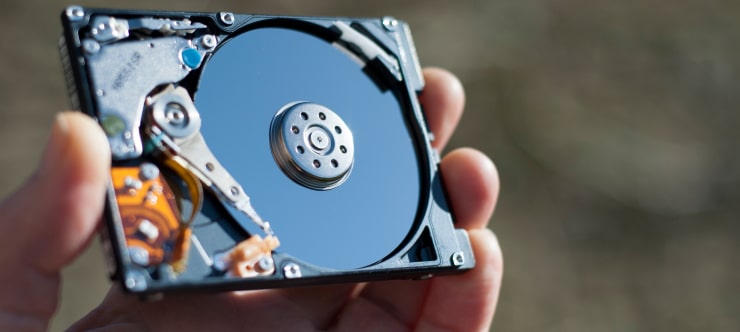
Hard Drive Data Recovery
Recover data from all brands of HDD, PC hard drives, and hybrid disks. Our specialists ensure fast and secure recovery for any data loss scenario.
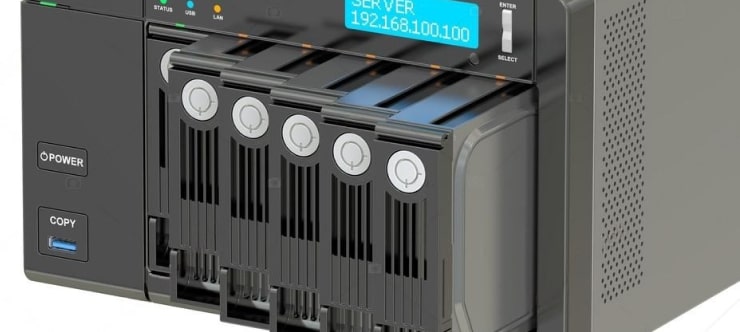
NAS Data Recovery
Recover data from NAS devices, including RAID configurations. Our team handles all types of NAS systems and ensures data recovery with minimal downtime.
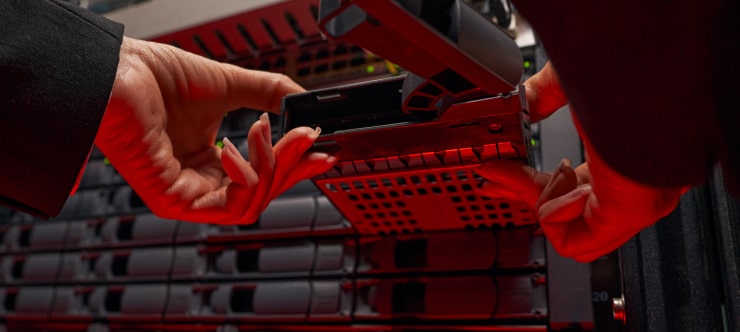
RAID Data Recovery
Our RAID data recovery services cover RAID 0, 1, 5, 10, and other configurations. We offer expert solutions for failed, degraded, or corrupted RAID arrays.

SAN Data Recovery
Our team specializes in handling SAN devices from leading manufacturers like Dell EMC, HP, and IBM, ensuring efficient recovery with minimal disruption to your operations.
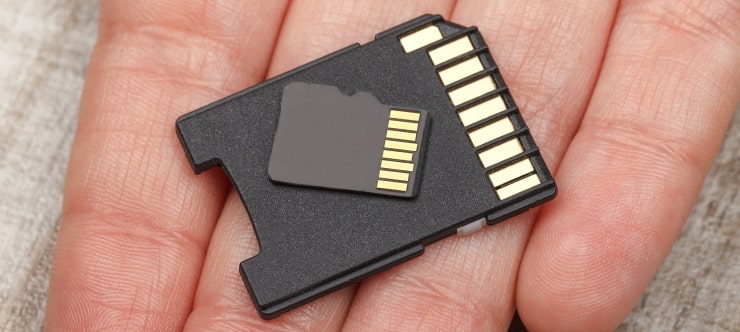
SD Card Data Recovery
Our recovery experts specialize in restoring data from SD and memory cards. We guarantee quick recovery with a no-data, no-charge policy.
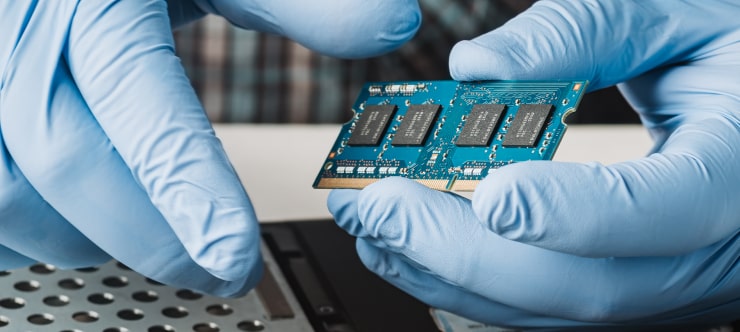
SSD Data Recovery
Our data recovery experts handle all SSD data loss scenarios with advanced tools, ensuring maximum recovery with high-security protocols.
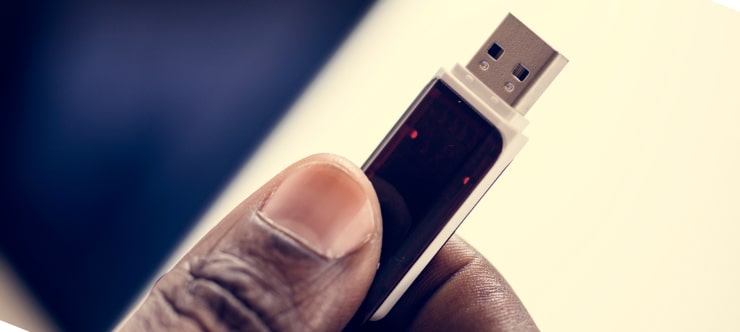
USB Flash Drive Data Recovery
Recover lost data from USB flash drives, regardless of the damage or brand. We offer free in-lab evaluations to assess data recovery needs.
If you’re unsure about which data recovery service to choose, let our team assist you in selecting the appropriate solutions. We understand the anxiety that comes with a sudden drive failure, and we are more prompt in our actions compared to other recovery service providers.



